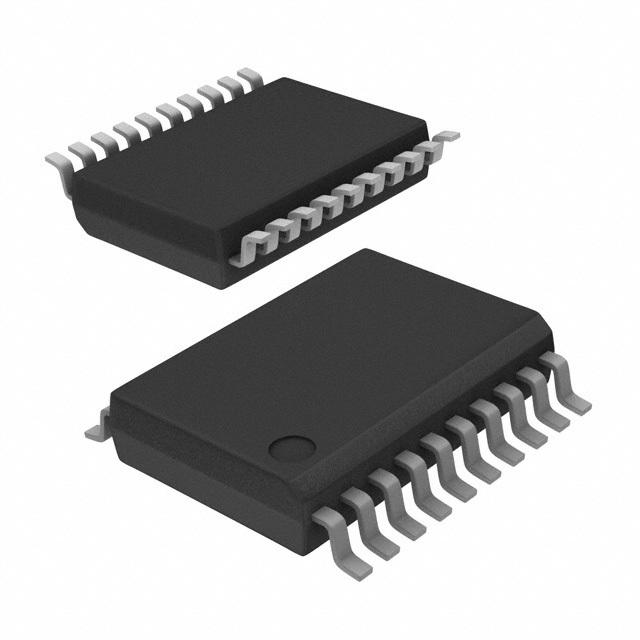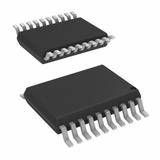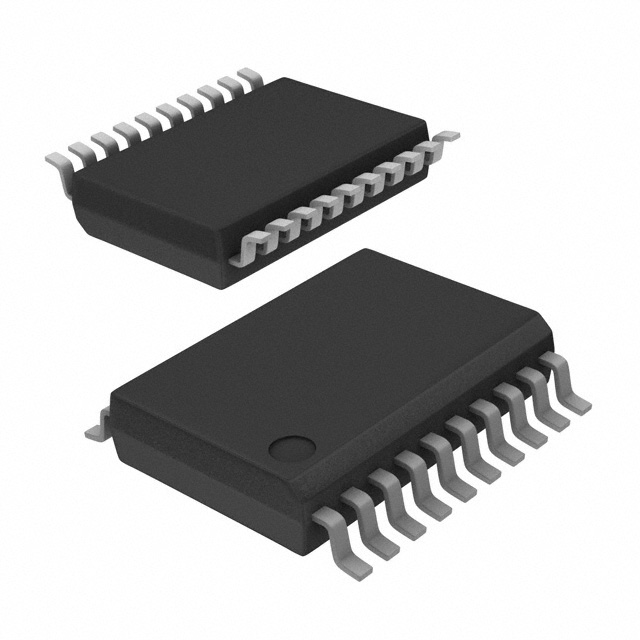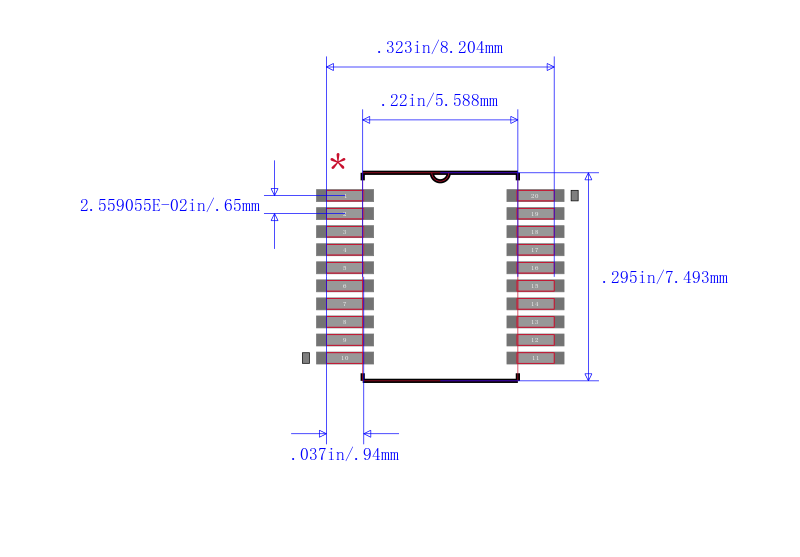










低功耗多台RS - 232驱动器和接收 LOW-POWER MULTIPLE RS-232 DRIVERS AND RECEIVERS
The SN75LP1185 is a low-power bipolar device containing three drivers and five receivers, with 15 kV of ESD protection on the bus pins with respect to each other. Bus pins are defined as those pins that tie directly to the serial-port connector, including GND. The pinout matches the flow-through design of the industry-standard SN75185 and SN75C185. The flow-through pinout of the SN75LP1185 allows easy interconnection of the UART and serial-port connector of the IBM PC/AT and compatibles. The SN75LP1185 provides a rugged, low-cost solution for this function with the combination of the bipolar processing and 15 kV of ESD protection.
The SN75LP1185 has internal slew-rate control to provide a maximum rate of change in the output signal of 30 V/us. The driver output swing is nominally clamped at ±6 V to enable the higher data rates associated with this device and to reduce EMI emissions. Even though the driver outputs are clamped, they can handle voltages up to ±15 V without damage. All the logic inputs can accept 3.3-V or 5-V input signals.
The SN75LP1185 complies with the requirements of A/EIA-232-F and ITU V.28. These standards are for data interchange between a host computer and peripheral at signaling rates up to 20 kbit/s. The switching speeds of the SN75LP1185 support rates up to 256 kbit/s.
The SN75LP1185 is characterized for operation from 0°C to 70°C. View datasheet View product folder
电源电压DC 4.75V min
供电电流 1 mA
数据速率 256 kbps
驱动器/包 3
工作温度Max 70 ℃
工作温度Min 0 ℃
电源电压 4.75V ~ 5.25V
电源电压Max 5.25 V
电源电压Min 4.75 V
安装方式 Surface Mount
引脚数 20
封装 SSOP-20
长度 7.2 mm
宽度 5.3 mm
高度 1.95 mm
封装 SSOP-20
工作温度 0℃ ~ 70℃
产品生命周期 Active
包装方式 Tape & Reel TR
RoHS标准 RoHS Compliant
含铅标准 Lead Free
REACH SVHC版本 2015/06/15
ECCN代码 EAR99



| 型号/品牌 | 代替类型 | 替代型号对比 |
|---|---|---|
SN75LP1185DBR TI 德州仪器 | 当前型号 | 当前型号 |
SN75LP1185DBRE4 德州仪器 | 完全替代 | SN75LP1185DBR和SN75LP1185DBRE4的区别 |
MAX3185CAP+T 美信 | 功能相似 | SN75LP1185DBR和MAX3185CAP+T的区别 |
MAX3185CAP 美信 | 功能相似 | SN75LP1185DBR和MAX3185CAP的区别 |